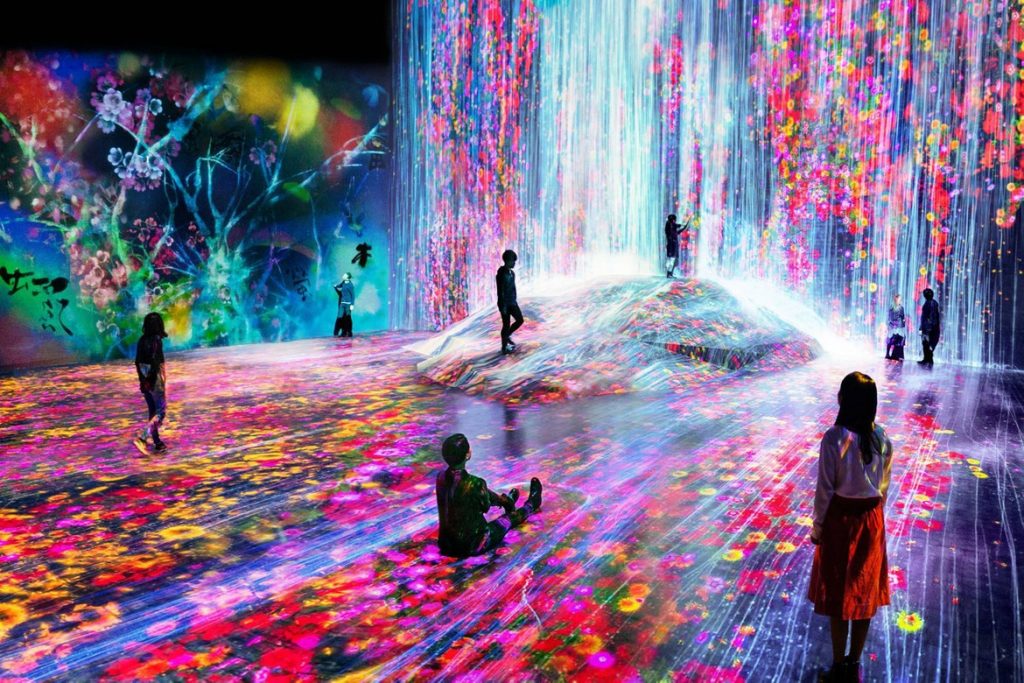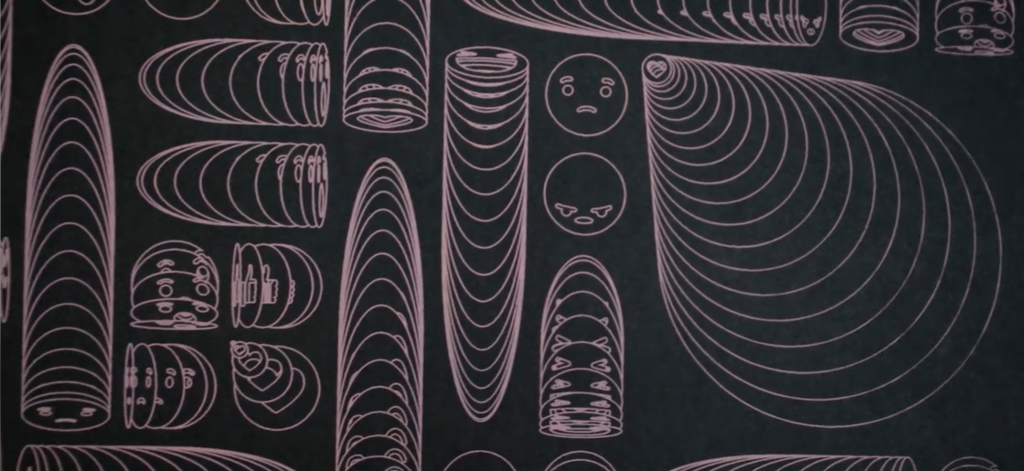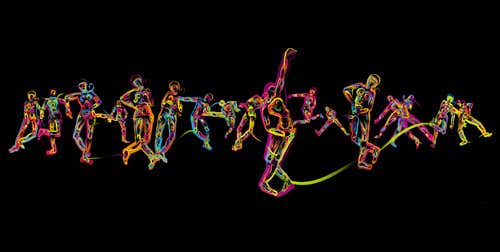This is me. 100% real-to-life, unedited, me.
/* Lance Yarlott
Section D */
function setup() {
createCanvas(600, 600);
background(0);
text("p5.js vers 0.9.0 test.", 10, 15);
licenseAgreement = false;
lightsOn = false;
eyeLocXL = (width / 2) - 90;
eyeLocXR = (width / 2) + 90;
eyeLocY = (height / 2) - 90;
}
// big sorry for magic numbers lol
function draw() {
if (licenseAgreement === false) {
background(0);
textAlign(CENTER);
fill(255);
textSize(20);
text("Do you agree to the EULA? Press any key to continue.", 300, 300);
if (keyIsPressed === true) licenseAgreement = true;
} else {
if (mouseIsPressed) {
if (mouseButton === LEFT) lightsOn = true;
if (mouseButton === CENTER) lightsOn = false;
}
/* I tried to bound mX and mY with the circumference of the eye and
failed miserably because p5 calculates the angles in a weird way? */
mX = mouseX + 1 < 600 ? mouseX + 1 : 600;
mY = mouseY + 1 < 600 ? mouseY + 1 : 600;
mX = ((mX / 600) * 36) - 18;
mY = ((mY / 600) * 36) - 18;
if (lightsOn) {
background(255, 244, 176); // light yellow
strokeWeight(2);
stroke(0);
fill(0, 255, 0); // green
triangle(width / 2, height / 3 + 140, 0, 600, 600, 600);
fill(0);
text("i am trgl", width / 2, 500);
fill(245, 205, 149); // sort of a tan-ish color
ellipse(width / 2, height / 3, 360, 360); // head shape
fill(255); // eye whites
arc(eyeLocXL, eyeLocY, 80, 80,
0, PI + QUARTER_PI, CHORD); // taken from p5 ref site
arc(eyeLocXR, eyeLocY, 80, 80,
-QUARTER_PI, PI, CHORD);
fill(77, 54, 21); // irises
ellipse(eyeLocXL + mX, eyeLocY + mY, 40, 40);
ellipse(eyeLocXR + mX, eyeLocY + mY, 40, 40);
fill(0); // pupils
ellipse(eyeLocXL + mX, eyeLocY + mY, 20, 20);
ellipse(eyeLocXR + mX, eyeLocY + mY, 20, 20);
strokeWeight(40);
stroke(245, 205, 149);
noFill();
ellipse(eyeLocXL, eyeLocY, 120, 120);
ellipse(eyeLocXR, eyeLocY, 120, 120);
strokeWeight(2);
fill(245, 205, 149); // lids
noStroke();
arc(eyeLocXL, eyeLocY, 82, 82,
PI + QUARTER_PI, 0, CHORD);
arc(eyeLocXR, eyeLocY, 82, 82,
PI, -QUARTER_PI, CHORD);
fill(77, 54, 21);
arc(width / 2, height / 3, 360, 360, -PI + QUARTER_PI, -QUARTER_PI);
fill(0);
triangle(width / 2, eyeLocY + 30, width / 2 - 25, eyeLocY + 80,
width / 2 + 25, eyeLocY + 80);
stroke(0);
strokeWeight(10);
line(eyeLocXL, height / 3 + 120, eyeLocXR, height / 3 + 120);
strokeWeight(2);
} else {
background(0);
textAlign(CENTER);
fill(255);
textSize(20);
text("Click, friend.", 300, 300);
fill(255); // eye whites
ellipse(eyeLocXL, eyeLocY, 80, 80);
ellipse(eyeLocXR, eyeLocY, 80, 80);
fill(0); // irises
ellipse(eyeLocXL + mX, eyeLocY + mY, 40, 40);
ellipse(eyeLocXR + mX, eyeLocY + mY, 40, 40);
strokeWeight(40);
stroke(0);
noFill();
ellipse(eyeLocXL, eyeLocY, 120, 120);
ellipse(eyeLocXR, eyeLocY, 120, 120);
strokeWeight(2);
}
}
}
One difficulty was trying to get the eye tracking working. JS calculates angles in an odd way, so moving in a circular motion was mostly impossible to get right for the time being.
![[OLD FALL 2020] 15-104 • Introduction to Computing for Creative Practice](../../../../wp-content/uploads/2021/09/stop-banner.png)




